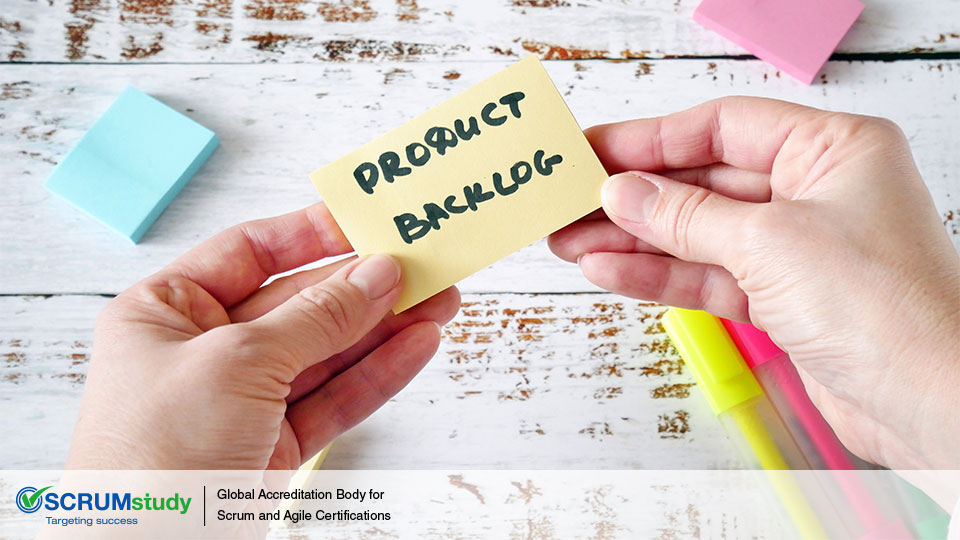Scrum Agile backlog prioritization
Posted by SCRUMstudy® on April 11, 2024
Categories: Agile Product Owner SBOK® Guide Scrum Guide Scrum Master
Backlog prioritization in Scrum is a critical activity that ensures the development team is always working on the most valuable tasks for the project. This process is primarily driven by the Product Owner, who continuously reviews and reorders the Product Backlog based on various factors such as business value, customer feedback, market conditions, and technical dependencies. High-priority items are placed at the top of the backlog and are detailed and refined to be ready for the next Sprint Planning meeting. This dynamic and iterative approach allows the team to adapt to changing requirements and maximize the delivery of high-value features. Effective backlog prioritization also involves regular collaboration with stakeholders to ensure that the evolving priorities align with the overall project goals and deliverables, fostering a responsive and customer-focused development process.
While prioritizing, following three factors are considered:
- Value
- Risk or uncertainty
- Dependencies
Thus prioritization results in deliverables that satisfies the requirements of the customer with the objective of delivering the maximum business value in the least amount of time. During prioritization risks and various performance issues will be closely analyzed, giving an early visibility regarding various problem areas which would surface later in the project.
The Product Owner is responsible for getting the Product Backlog ready and prioritizing the items in the Product Backlog. Once the Product Owner has received the business requirements from the customer and written these down in the form of workable User Stories, he needs to work with the customer to understand which all requirements are of maximum business value and needs to be accomplished first. Such user stories would take the top spot(in terms of priority) in the product backlog. The Product Backlog items should be ordered in such a way that the requirements with maximum business value would be completed first.
Sometimes, a customer may insist all User Stories to be of high priority. While this might be true, even a list of high-priority User Stories needs to be prioritized within the list itself. The Scrum Master and the development team will use the Product Backlog as the basis for planning the Sprints based on the priority of the items listed. The Scrum Team also informs the Product Owner about any dependencies that arise out of implementation. These dependencies must be taken into account during prioritization. Dependencies limit the freedom to prioritize the product backlog and therefore dependencies should be sorted out wherever possible.

